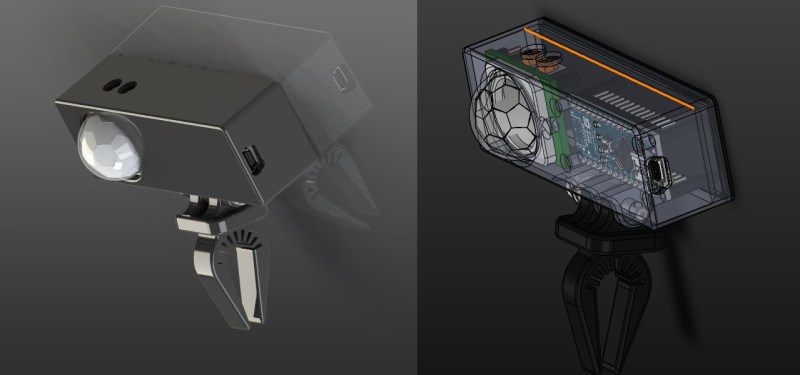Zoom announces first startups receiving funding from $100M investment fund
For more than year now, Zoom has been on a mission to transform from an application into a platform. To that end it made three announcements last year: Zoom Apps development tools, the Zoom Apps marketplace and a $100 million development fund to invest in some of the more promising startups building tools on top […] Continue reading Zoom announces first startups receiving funding from $100M investment fund

